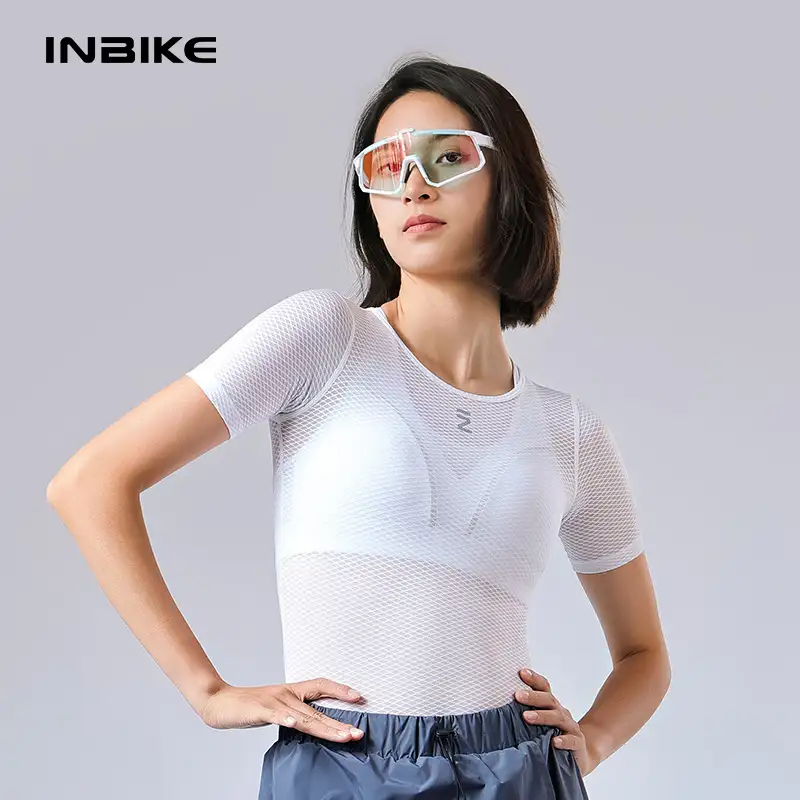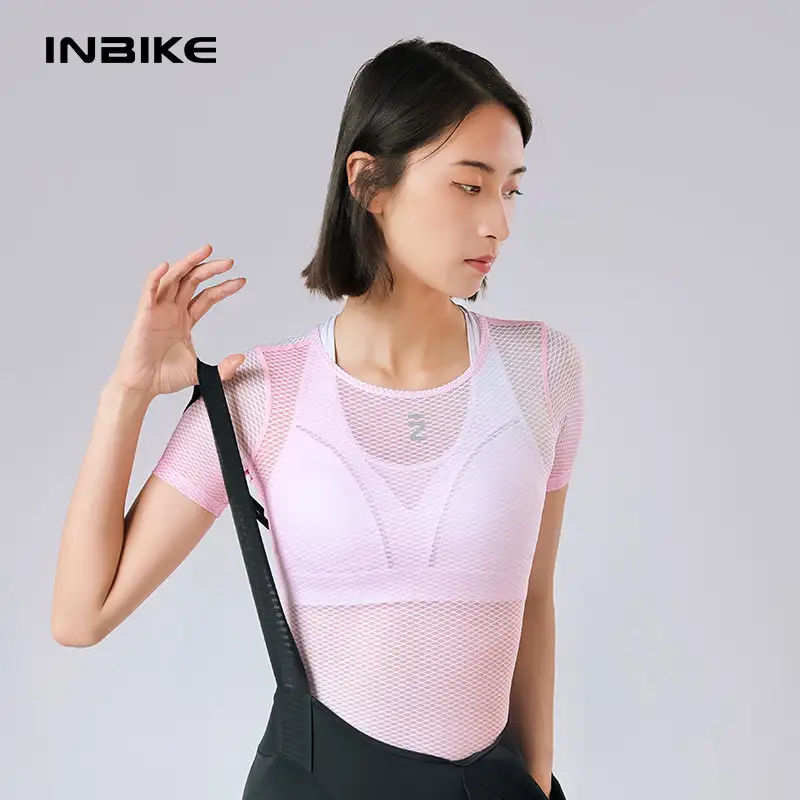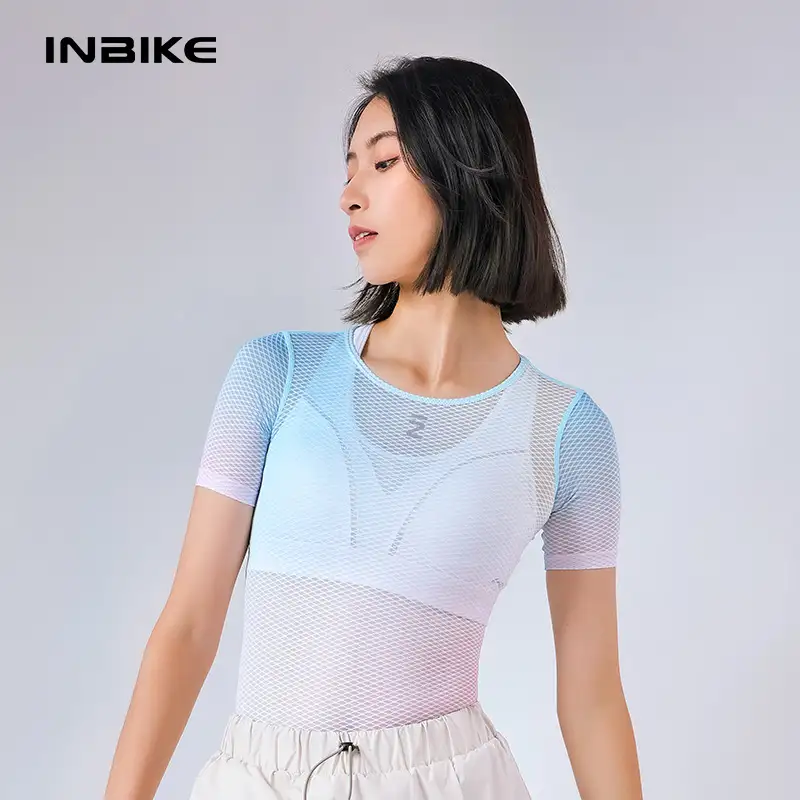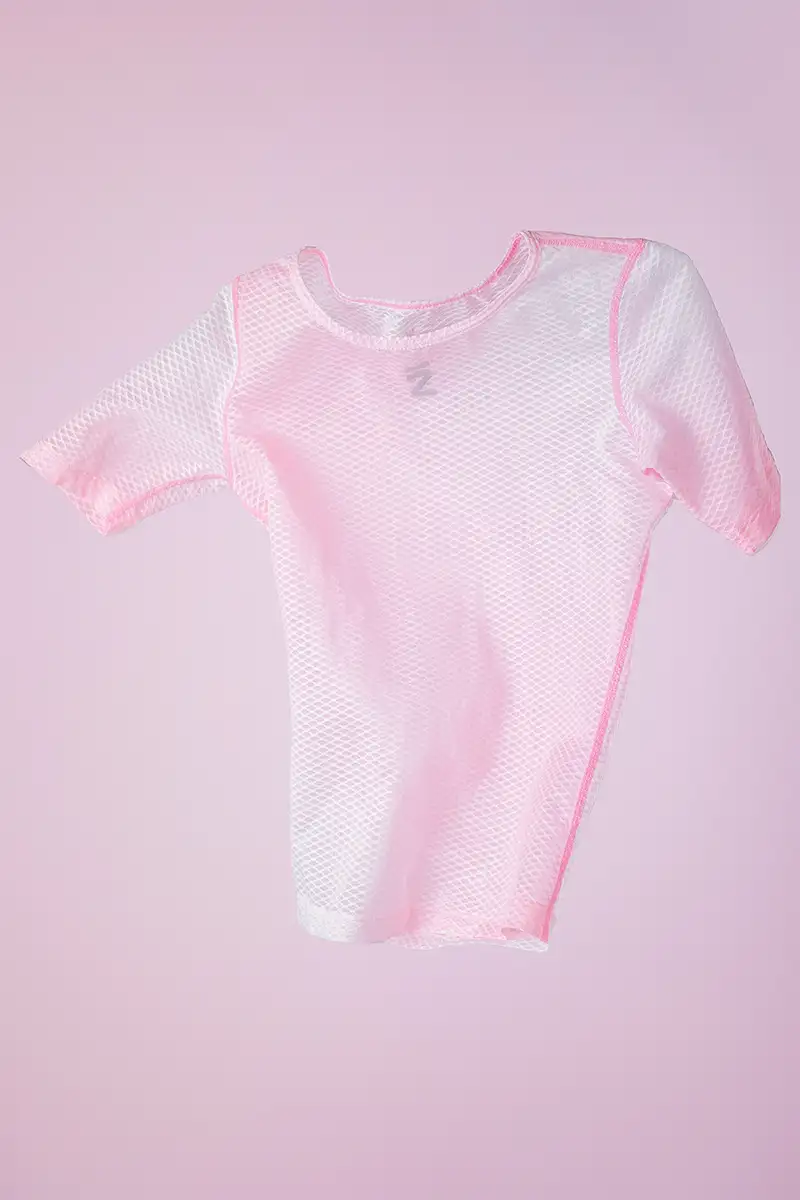The Benefits of Wearing Base Layer for Cycling
Cyclists know the importance of having the right gear for riding in any conditions. While jerseys, shorts and jackets make up the visible outer layers, a good base layer is key to getting the most out of every ride. Wicking, insulating and compressive base layer tops and bottoms provide critical performance benefits to keep cyclists comfortable, energized and performing at their best mile after mile.
Temperature Regulation
A primary purpose of wearing base layer is keeping body temperature regulated in cold weather. Cycling creates heat, but winter winds and drops in temperature can lead to chills once riders stop. Base layers provide lightweight insulation to lock in warmth without overheating while riding. They create a thin barrier between skin and outer layers, trapping heat close to the body. Materials like Merino wool, silk and synthetic blends retain heat well. Insulative fibers trap air pockets, while wicking fibers prevent sweat-soaked chill. The thickness of the base layer can provide light, mid or heavy insulation options depending on the temperature range. Well-chosen base layers allow riders to optimize warmth without the bulk of heavy outerwear.

Moisture Management
Wicking is one of the most critical base layer attributes for cycling. As physical exertion increases, evaporation becomes the most effective cooling method when ventilation is limited. A rider’s sweat must transfer from the skin to the outside air to maximize this effect. Base layers keep the skin drier by spreading moisture across fabric surfaces. Hydrophobic synthetic fibers like polyester and polypropylene literally repel water, driving sweat outward so it can evaporate. Mesh panels, zoning and waffle weave patterns also speed up drying. Dry skin stays warmer and reduces irritation and chafing. Effective moisture management is essential in cold climates where wet base layers lose all insulating value. Perfectly balancing insulation and wicking optimizes a base layer’s temperature regulation.
Odor Control
On multi-day tours or long training rides, being able to wear cycling gear multiple times without washing is highly convenient. Base layers treated with anti-odor technologies prevent the growth of bacteria that causes stench in sweaty fabrics. Silver ions, polygiene and other antimicrobial finishes limit odors. Naturally odor-resistant Merino wool base layers also stay fresher longer thanks to lanolin in the fibers. Odor control allows base layers to be worn on consecutive ride days without smelling.

UV Protection
Sun protection is often overlooked on cool days. But UVA and UVB rays penetrate clouds and penetrate exposed skin year round. Long sleeves and leg covering cycling base layers provide a vital first line of defense against the sun. Tight knits block rays while ventilated mesh panels prevent overheating. Darker colors offer very limited UV protection while light shades and whites excel at deflection. Some synthetics like polyester contain UV stabilizers. Ideally base layers offer an ultraviolet protection factor (UPF) rating over 30, or up to UPF 50 for maximum benefit.
Compression
Gradual compression in base layers enhances blood flow and recovery on and off the bike. A snug fit supports muscles, boosts oxygen delivery to working muscles and reduces lactic acid buildup. Targeted compression zones focus on large muscle groups like quads. Compression also limits muscle vibrations that sap energy. This equates to better endurance and reduced fatigue. Many riders specifically wear compression cycling base layers for recovery after hard efforts. The improved circulation flushes metabolic waste from muscles and reduces soreness. Light, medium and high compression options cater to personal preferences and needs.

Chamois Layering
In colder temperatures, cyclists gain an advantage by layering base layer bottoms and tights or shorts. Wearing base layer allows wearing lighter padded cycling shorts to stay comfortable on the saddle. Tights worn over the chamois add insulation and wind protection. The base layer separates the two for better stretch and friction reduction. This prevents the padded chamois from moving under tights and protects skin from chafing. Using multiple lighter layers provides warmth without restricting pedaling motion or creating bulk around the thighs. Wearing base layer also protects the more delicate chamois fabric from abrasion and wear.
Aerodynamics and Fit
A skin-tight fit minimizes flapping fabric for an aerodynamic advantage. This requires cycling base layers to have ample stretch and recovery. Spandex, elastane or Lycra blended into the fabric provide stretchiness and compression without restriction. Flatlock seams eliminate bulky edges for less drag. A contoured anatomical fit follows natural body lines. For the best wicking, insulation and aerodynamics, base layers work best when properly fitted to the individual.
Bacteria Protection
Antimicrobial fabric finishes help base layers fight bacteria growth and odors. But they also protect the wearer. Fitness fabrics in contact with skin harbor bacteria. Tight-fitting cycling base layers are prone to transmitting bacteria during rides in varied terrain and conditions. By inhibiting microbial growth in the fabric itself, riders avoid harmful bacteria transfer to the body through nicks and cuts. Antimicrobial treatments utilizing silver ions or polygiene are common in cycling base layers to create a cleaner garment environment.
Safety and Visibility
Limited visibility is a key cycling hazard, especially in low light conditions. Reflective details on cycling base layers improve visibility and safety around cars, trains and other vehicles. Reflective threads can be woven into the base layer fabric itself or printed/laminated on. Soft elastic trim offers non-chafing reflectivity. Base layer legs also protect skin from abrasion if wiped out. Bright colors like neon yellow or orange stand out in daytime sun and shadows. White is visible day or night. For commuters, visibility focused base layers are ideal layered under casual tops.
Moisture Transfer
Some cycling base layers fabrics excel at moving moisture well beyond just wicking perspiration away from the skin. This moisture transfer helps keep the outer layer of clothing dry as well for greater comfort. Synthetics like polyester and nylon are hydrophilic, actually absorbing small amounts of moisture that can migrate outward. Wool also naturally absorbs then releases moisture vapor quite efficiently. This effect helps the outer jersey avoid getting saturated with sweat, especially in high humidity where evaporation rates are low. Keeping the outer layer drier improves temperature regulation.

Odor Resistance
On multi-day tours or long expeditions, being able to wear cycling apparel multiple times without washing is convenient. Merino wool is naturally odor resistant due to lanolin in the fibers. Synthetics can be enhanced with anti-odor treatments using silver ions or polygiene. This prevents the growth of odor causing bacteria in the fabric. Odor control allows more wears between washes.
In conclusion, today’s cycling base layers utilize advanced materials and design features to optimize performance and comfort on the bike. Choosing high-quality cycling base layers tops and bottoms matched to the weather and ride demands provides benefits like temperature regulation, moisture management, muscle support and odor resistance. The right base layers improve power output, endurance and recovery while preventing chills, chafing and overheating. Considering the wide array of available materials, fit options and designs allows riders to tailor their base layer selection for their specific cycling goals and conditions. When combined with outerwear like jerseys and tights, a dialed base layer system ensures riders feel great riding deep into any season.

